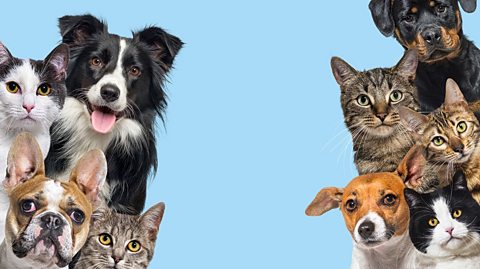Have you ever wished you were just that little bit taller?
Like for most mammals, there comes a point in every person’s life when they stop growing. Once we’re adults, our skeletons reach their maximum size and that’s it for us. There are certain parts of our body, like our hair and nails, which do continue to grow over our lifetime, but we’re not going to get any taller. We’d all be a lot better at basketball or netball if we did!
But incredibly, there are creatures out there who never stop growing. And others, like us, who have continuously growing body parts.
Join ±«Óătv Bitesize as we explore how and why some plants and animals have no pre-determined limit on how big they can get.
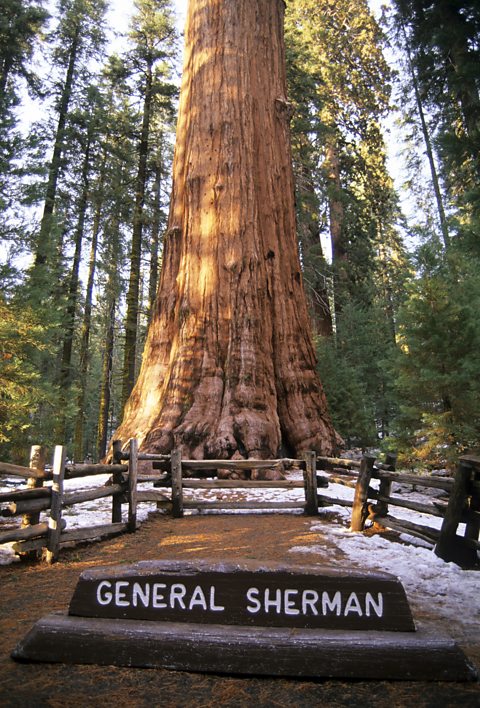
Slowly getting bigger and bigger and bigger
Give them the perfect conditions and there are some plants and animals that simply will not stop growing until they die. The rate at which they grow may slow down as time passes and they reach maturity, but they keep going. It’s their surrounding environment that determines how big they’ll eventually grow. These remarkable flora and fauna are known as indeterminate growers, and they’re more common than you might realise.
Trees are the most obvious example. Most trees will only stop growing because they’ve been damaged. It could be due to poor weather conditions such as high winds, wildfires or drought, or diseases caused by bacteria, fungi and viruses. If a tree is fortunate enough to avoid these scenarios and has sufficient space and nutrients to do so, it will continue to grow.
Native to California, US, the giant redwood tree is an awe-inspiring example of indeterminate growth. These conifers can live for thousands of years and stretch high up into the sky. In California’s Sequoia National Park you might stumble across a tree nicknamed General Sherman, which at 83 metres (275 feet) tall and 11 metres (36 feet) wide is the largest tree by volume in the world at 1,487 cubic meters (52,508 cubic feet). Meanwhile, over at a secret location in the Redwood National Park, is Hyperion, a coast redwood which at 116 metres (360 feet) is the world’s tallest tree. And it’s still growing!
Goldfish might be most familiar to us as pets, in a home aquarium. But if kept in a larger tank or pond, or even out in the wild, they have the ability to grow several inches larger. Growth can be impeded by poor water quality.

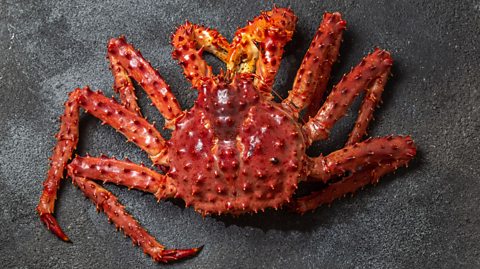
Replacing an exoskeleton when the current one is too small
Some species of crabs and lobsters are also considered indeterminate growers, but they have a neat trick for how they pull it off. Once their ​​A hard external layer which supports and protects the body of an animal, like a skeleton. becomes too small, they shed it away and grow a more spacious one. As youngsters, lobsters will shed their exoskeletons numerous times in a single year, but as growth slows over time, the need to do so reduces and becomes less frequent.
If necessary, a lobster can even regenerate limbs that it has lost. It’s this continued growth that gave raise to the myth that lobsters are immortal creatures.
The shedding process (also known as moulting) is not without danger, however. The energy required to shed one exoskeleton and grow another is significant and increases each time, and may be more than the individual can cope with, causing it to die from exhaustion. Other common causes of death including shell disease and predators.
Weighing 20.14 kg (44.4 pounds), the largest lobster ever recorded was found in the waters off Nova Scotia, Canada in 1977. To put that in context, the largest category of commercial lobster has a minimum weight of 1.4 kg (3 pounds) and can only be fished in certain waters. Meanwhile, the leg span of a red king crab can reach an incredible 1.8 metres (5.9 feet) and its ​​A hard, protective shell. can stretch to 28 cm (11 inches) long.

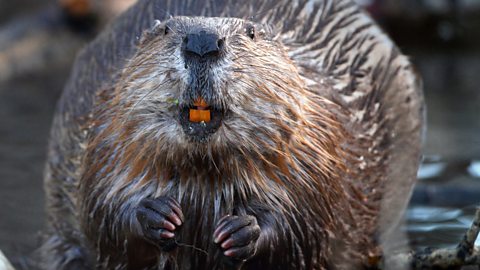
Dental care that never seems to end
Have you ever wondered why rodents such as mice and beavers seem to constantly be gnawing on something? The simple answers is that if they didn’t, their teeth would grow far too big for their mouths. Rodent teeth are constantly growing, known as open-rooted dentition, and so daily use is the only way for them to wear them down. If they aren’t chewing on something, they might grind their teeth together in an action known as bruxing.
This wear doesn’t always occur evenly though. Beaver teeth appear orange in colour, rather than white, but it’s not due to a lack of dental care on their part. The front of their teeth are covered with an enamel which is rich in iron and offers provide additional protection. This sturdy enamel wears away slower than the soft ​​The tissue which forms the main part of teeth and contains calcium. Harder than bone but softer than enamel. that forms the rest of the tooth, giving the beaver’s incisors their famous chisel shape.
If a rodent’s teeth were left to grow without wear, a curve would begin to develop. This would eventually become an 86-degree spiral, and cause the animal serious problems.
This article was first published in August 2023
The amazing ways animals communicate with each other
Explore the ways monkeys, frogs, slugs and birds keep in touch
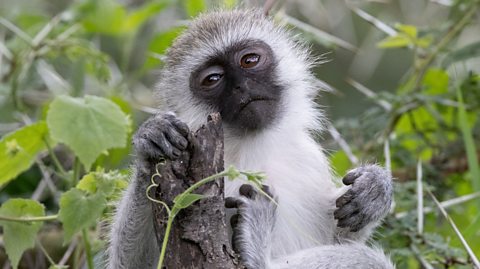
Five parts of the body you never knew the name of
What do you call the white crescent at the bottom of a fingernail, or the corner of your eye?
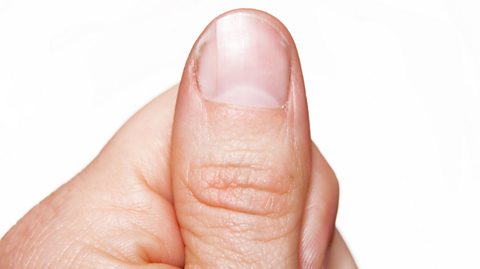
How were our favourite animals domesticated? A brief history of pets
±«Óătv Bitesize takes a look at how our favourite animals became pets over the years.
